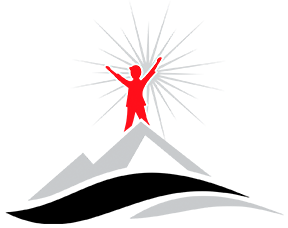Click here for BV Schools Comprehensive Program Evaluation and Curriculum Review Cycle
Student Achievement and Growth is the goal of all Curriculum Programs in BV Schools. As part of the on-going monitoring of the data areas in the BVSD Strategic Plan, including Student Success and Curriculum and Instruction, the District will conduct an annual analysis and review of student achievement and growth in each core subject area. Based on this review process, necessary revisions to the action plans for these data areas will be made as needed.
Every five years, a Comprehensive Program Evaluation and Curriculum Review process will be conducted for all curriculum areas in the district. A Program Evaluation Cycle has been established in order that three to four programs will be comprehensively evaluated each year. The process for Comprehensive Program Evaluation and Curriculum Review includes an analysis of longitudinal student achievement in the curriculum area as well as an evaluation of components of the program. During the Comprehensive Program Evaluation and Curriculum Review process, beliefs and goals for the program will be reviewed, revised, and evaluated. Student data is used to evaluate every curriculum area. From this data, student achievement strengths and student achievement areas needing improvement are identified. Then, the Four Components of a Quality Curriculum Program are evaluated to determine specific actions needed to advance student achievement/growth.
Four Components of a Quality Curriculum Program include:
Written Curriculum
Resources and Facilities
Strategies
Professional Learning
The Comprehensive Program Evaluation and Curriculum Review provides a process for the District to develop and revise written curriculum, instructional programs, and assessment plans which are congruent with the District's mission. It also articulates a process for ongoing program evaluation. Through this process curriculum and instruction are reviewed, written, implemented, monitored, evaluated, and revised regularly. Revisions are based upon curriculum effectiveness, student and community needs, State and federal requirements, and national standards.
The Comprehensive Program Evaluation and Curriculum Review provides a systematic methodology for curricular articulation through the grade levels to assure continuity of learning, practice, reinforcement, and extension of knowledge, skills and competencies.
The Comprehensive Program Evaluation and Curriculum Review allows for timely updating of the curriculum guides and instructional materials and practices. There are five phases in the Comprehensive Program Evaluation and Curriculum Review:
PHASE 1: Research Review and Extensive Program Evaluation
Research on best practice and standards from local, state, and national organization are reviewed. Student achievement data on curriculum goals are also reviewed and analyzed. The four components of a quality curriculum program are evaluated. This research step results in a list of recommendations and commendations for future goals and actions to improve instruction and student learning.
PHASE 2: Write or Revise
The K-12 scope and sequence and grade level/course learner outcomes are written and/or revised as needed. Assessments are also developed as needed to monitor student achievement. Throughout this phase research on best practice, analysis of student data, and professional development are used to support the work completed.
PHASE 3: Materials Selection
Instructional materials are reviewed and identified for purchase as needed. Purchases are made as soon as funding is identified. Throughout this phase research on best practice, analysis of student data, and professional development are used to support the work completed.
PHASE 4: Implementation and support for Professional Learning
New curriculum, materials, and assessments are implemented with ongoing professional development provided. During this phase materials, curriculum, and instructional strategies may be piloted and/or revised. Throughout this phase research on best practice, analysis of student data, and professional learning are used to support the implementation of new curriculum, materials, and instructional strategies.
PHASE 5: Full Implementation and on-going Professional Learning
All aspects of the curriculum are fully implemented with ongoing professional development provided. Throughout this phase research on best practice, analysis of student data, and professional learning are used to support the instructional process.
